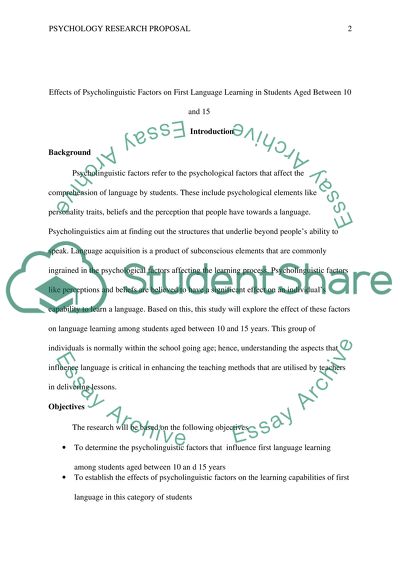Cite this document
(“Effects of Psycholinguistic Factors on Students Aged Between 10 and 15 Research Proposal”, n.d.)
Retrieved from https://studentshare.org/psychology/1670629-effects-of-psycholinguistic-factors-on-students-aged-between-10-and-15
Retrieved from https://studentshare.org/psychology/1670629-effects-of-psycholinguistic-factors-on-students-aged-between-10-and-15
(Effects of Psycholinguistic Factors on Students Aged Between 10 and 15 Research Proposal)
https://studentshare.org/psychology/1670629-effects-of-psycholinguistic-factors-on-students-aged-between-10-and-15.
https://studentshare.org/psychology/1670629-effects-of-psycholinguistic-factors-on-students-aged-between-10-and-15.
“Effects of Psycholinguistic Factors on Students Aged Between 10 and 15 Research Proposal”, n.d. https://studentshare.org/psychology/1670629-effects-of-psycholinguistic-factors-on-students-aged-between-10-and-15.


